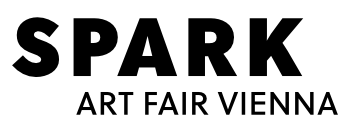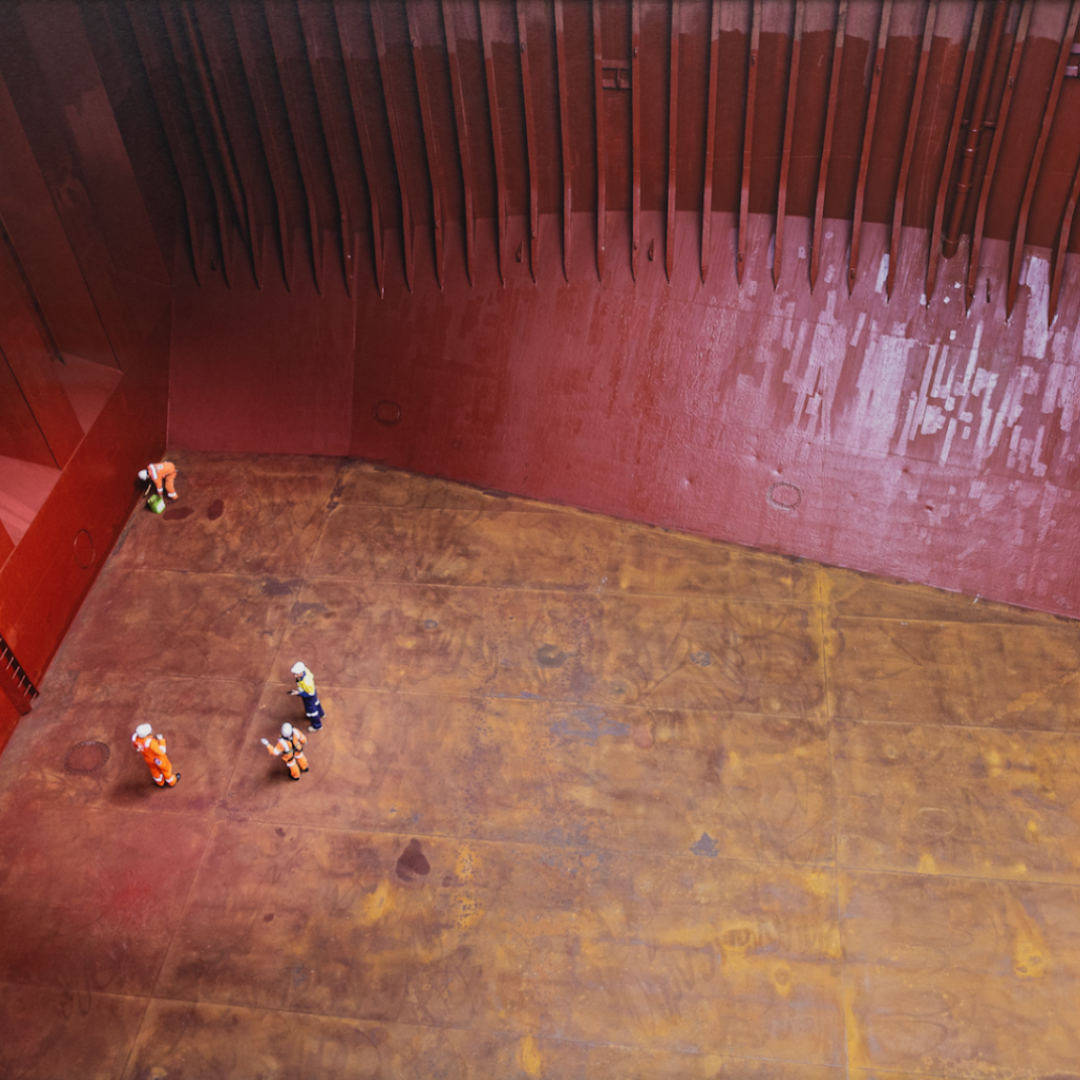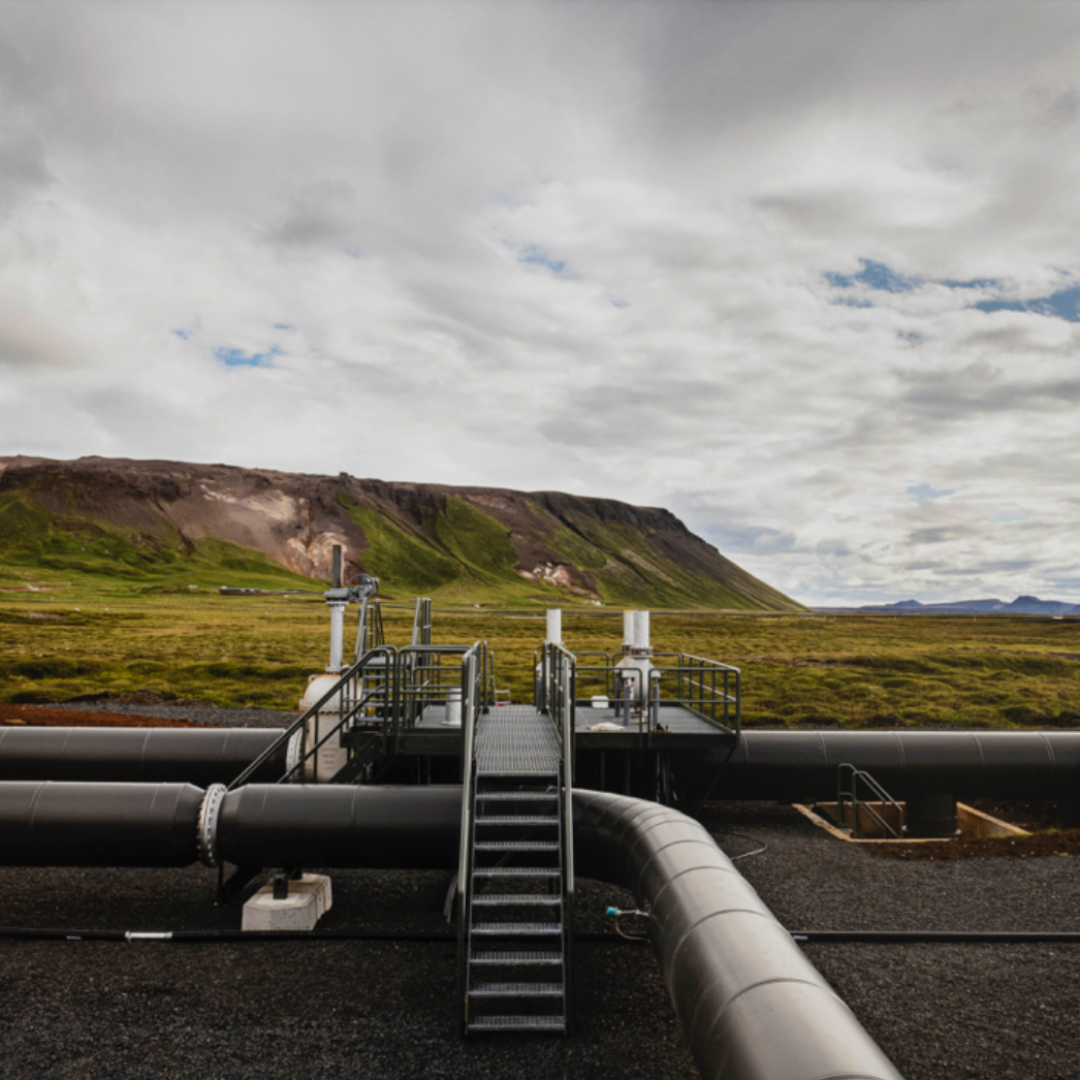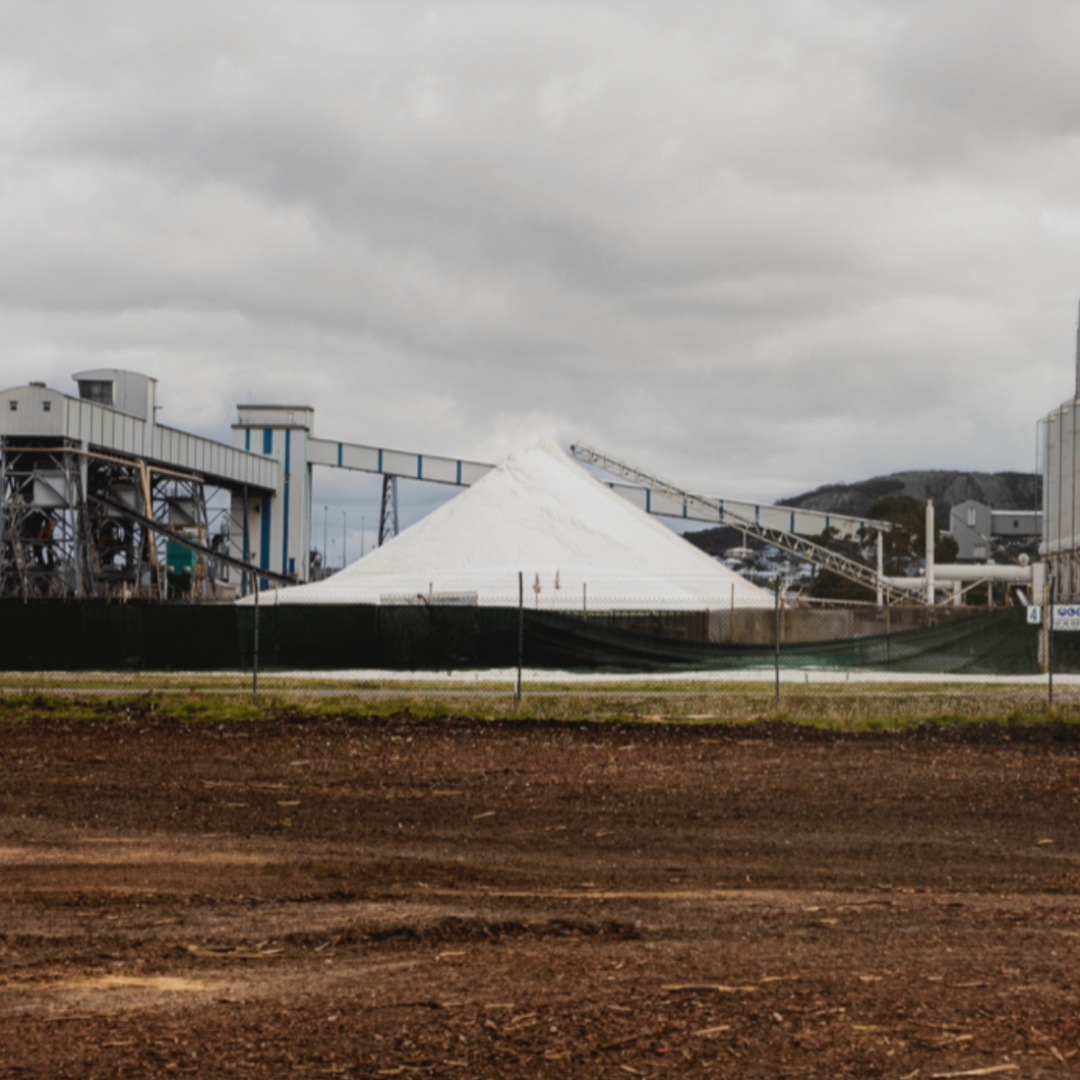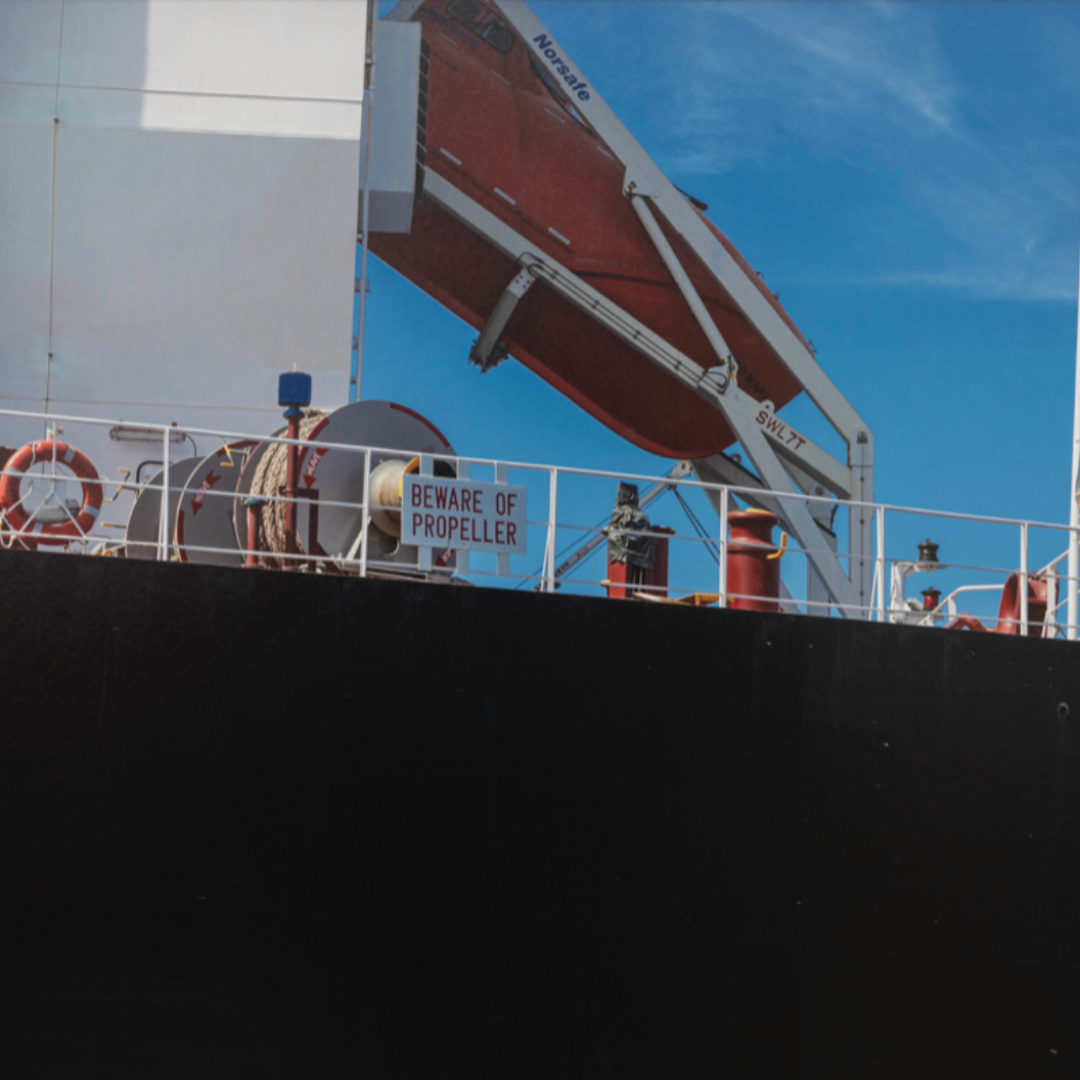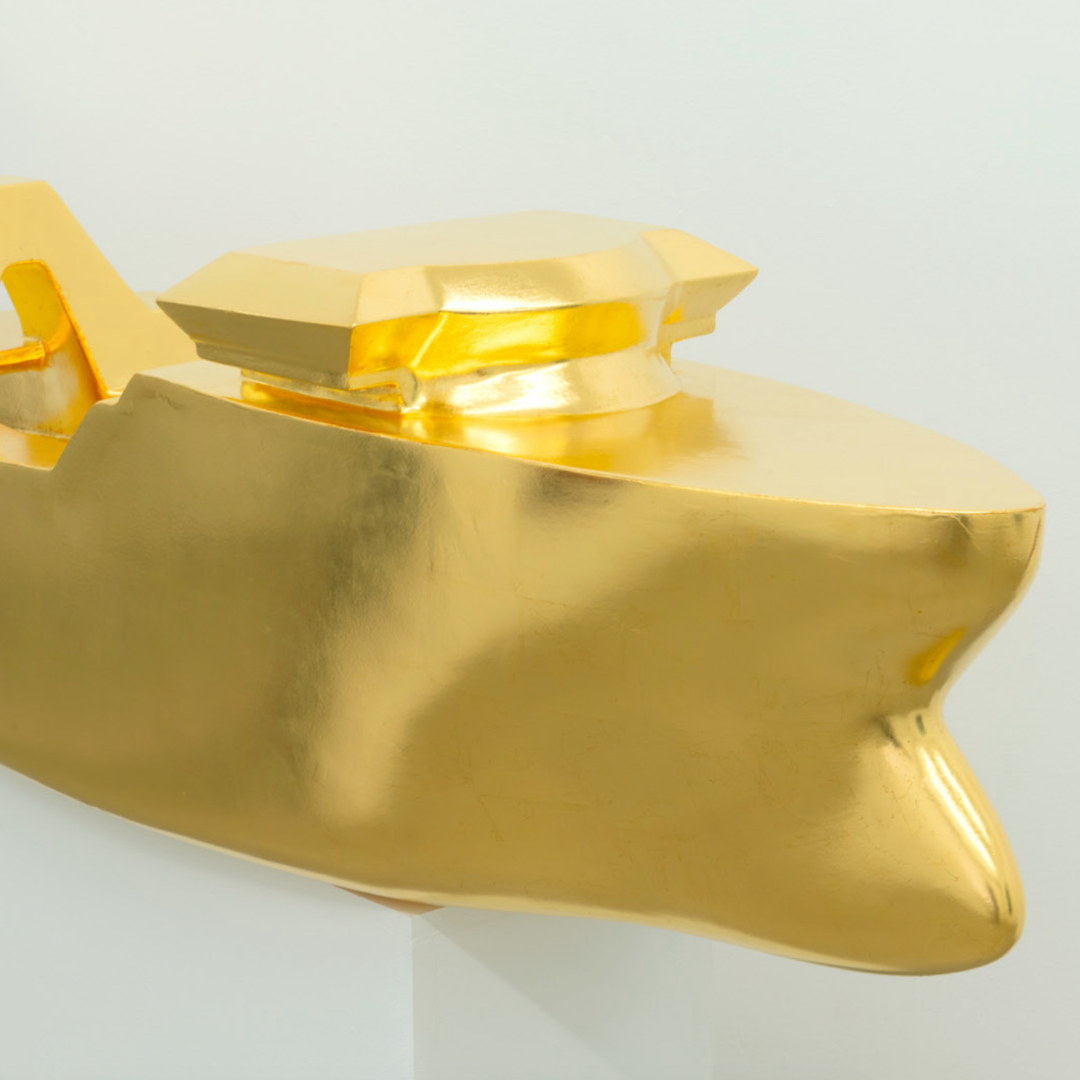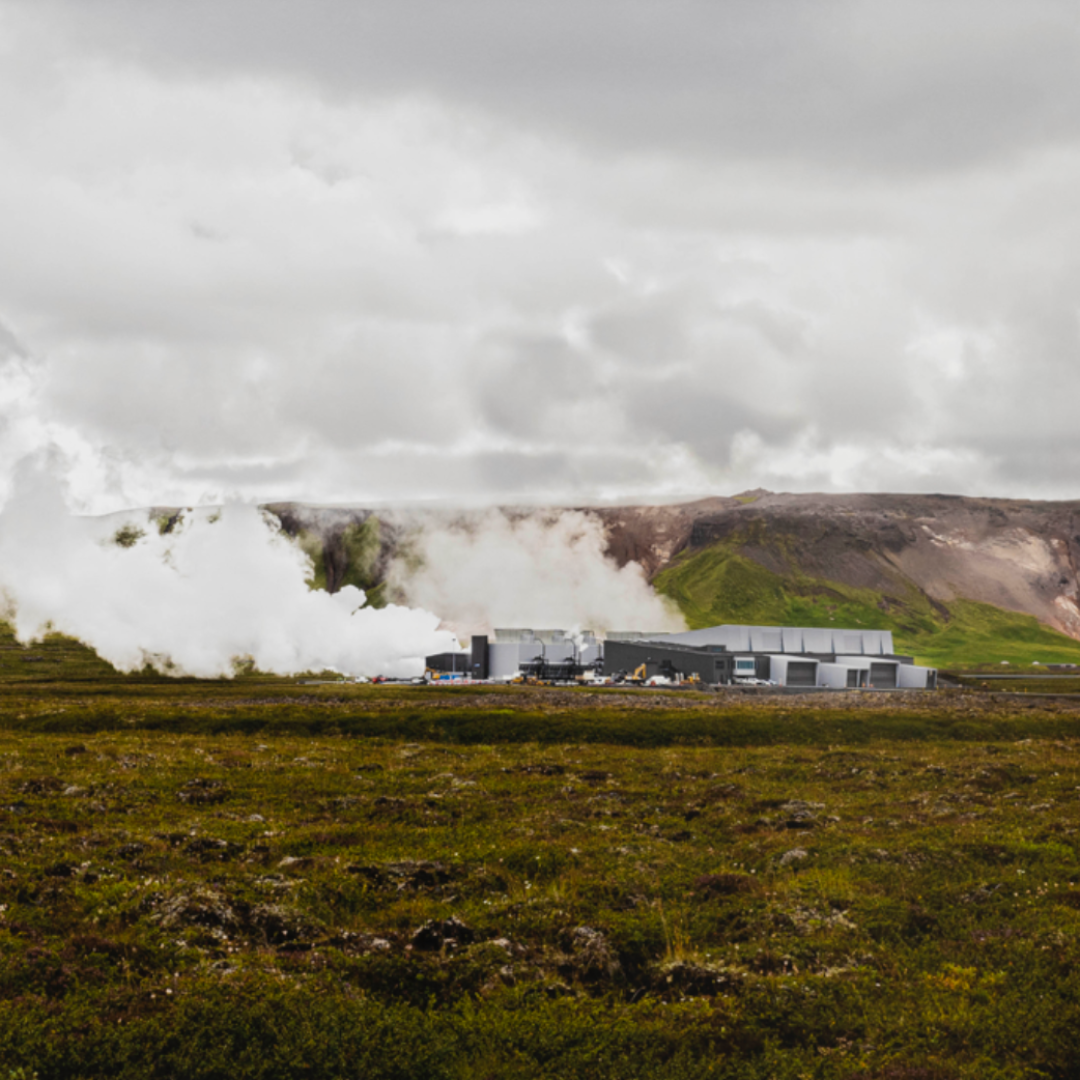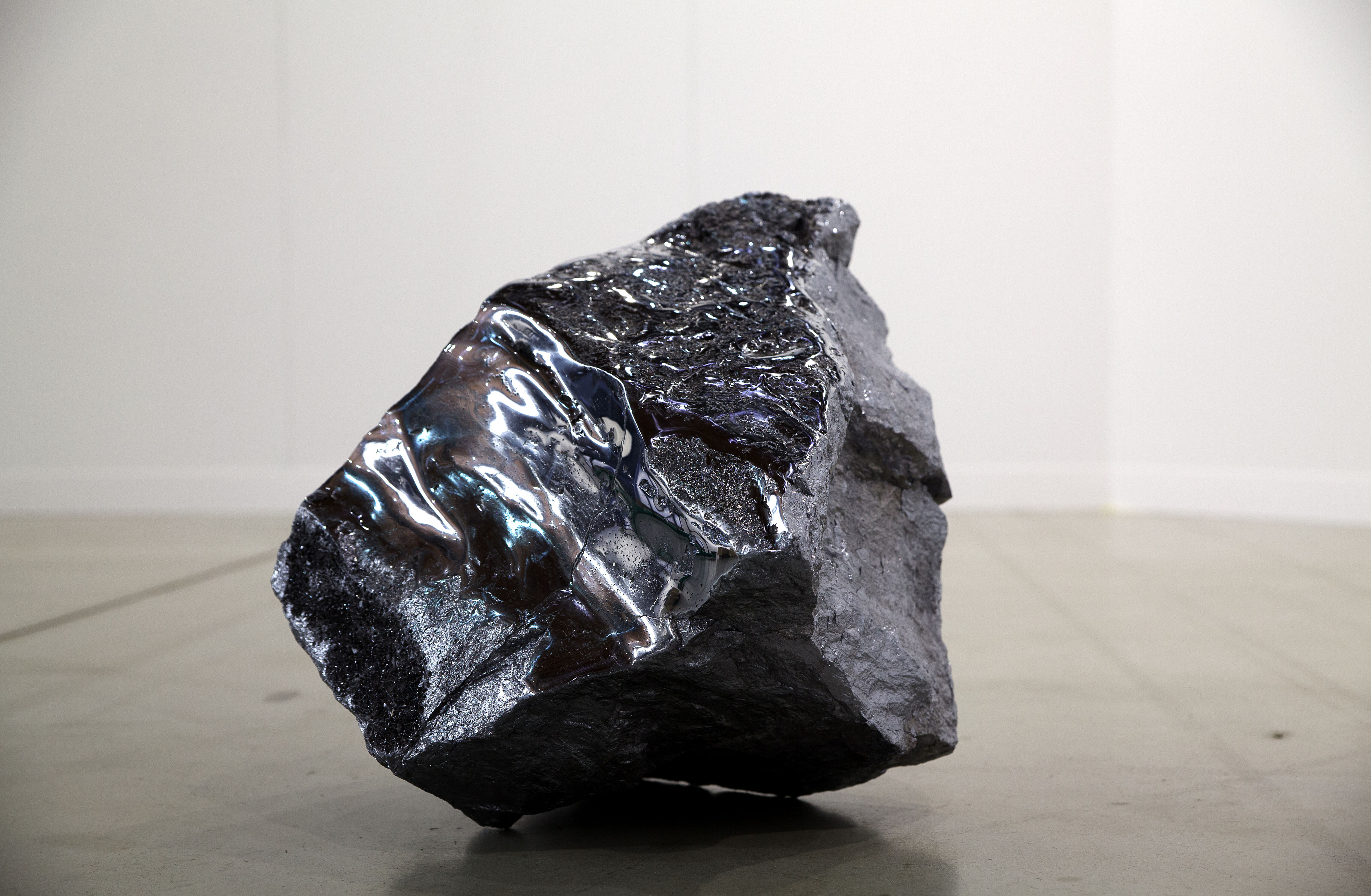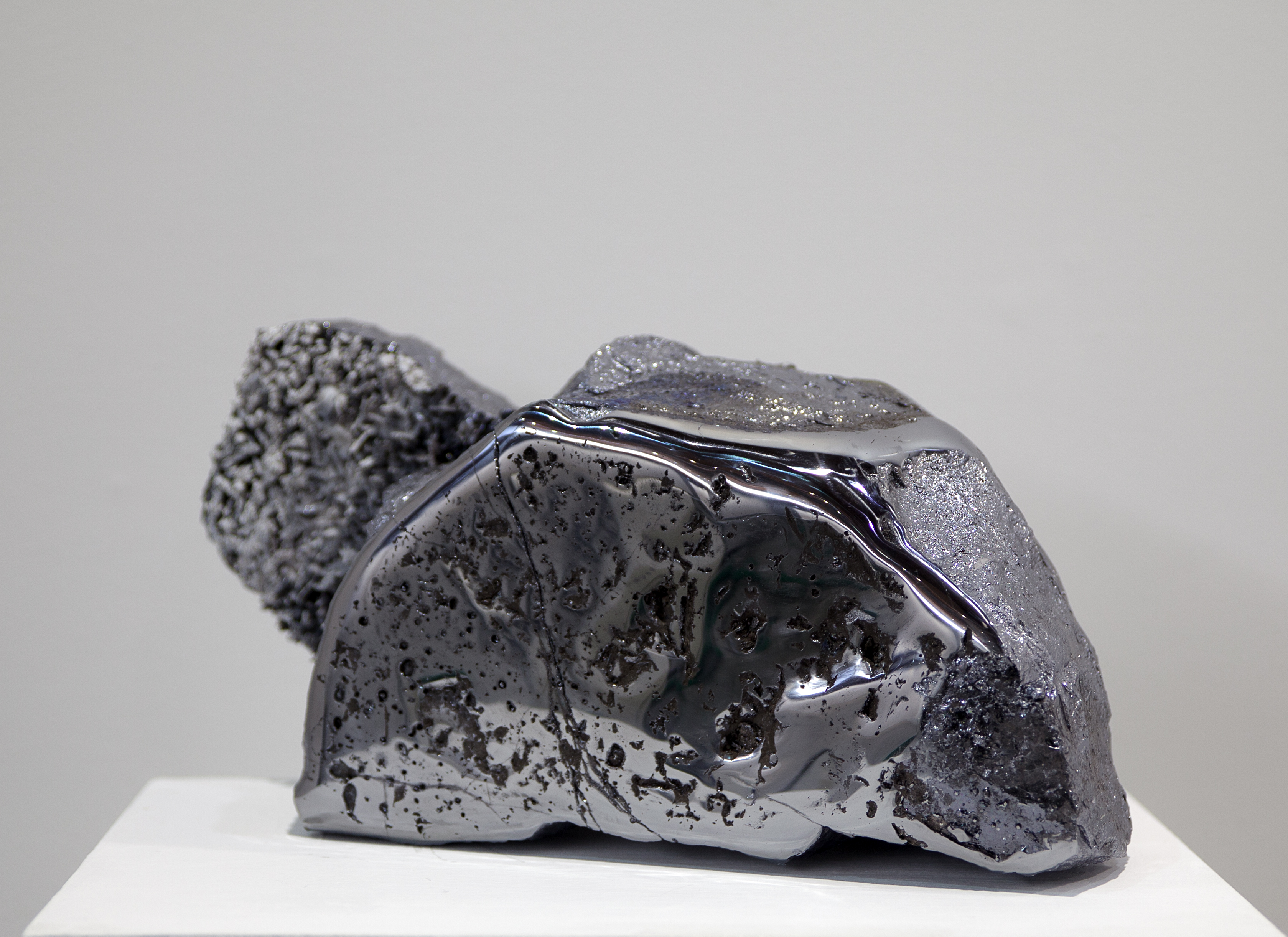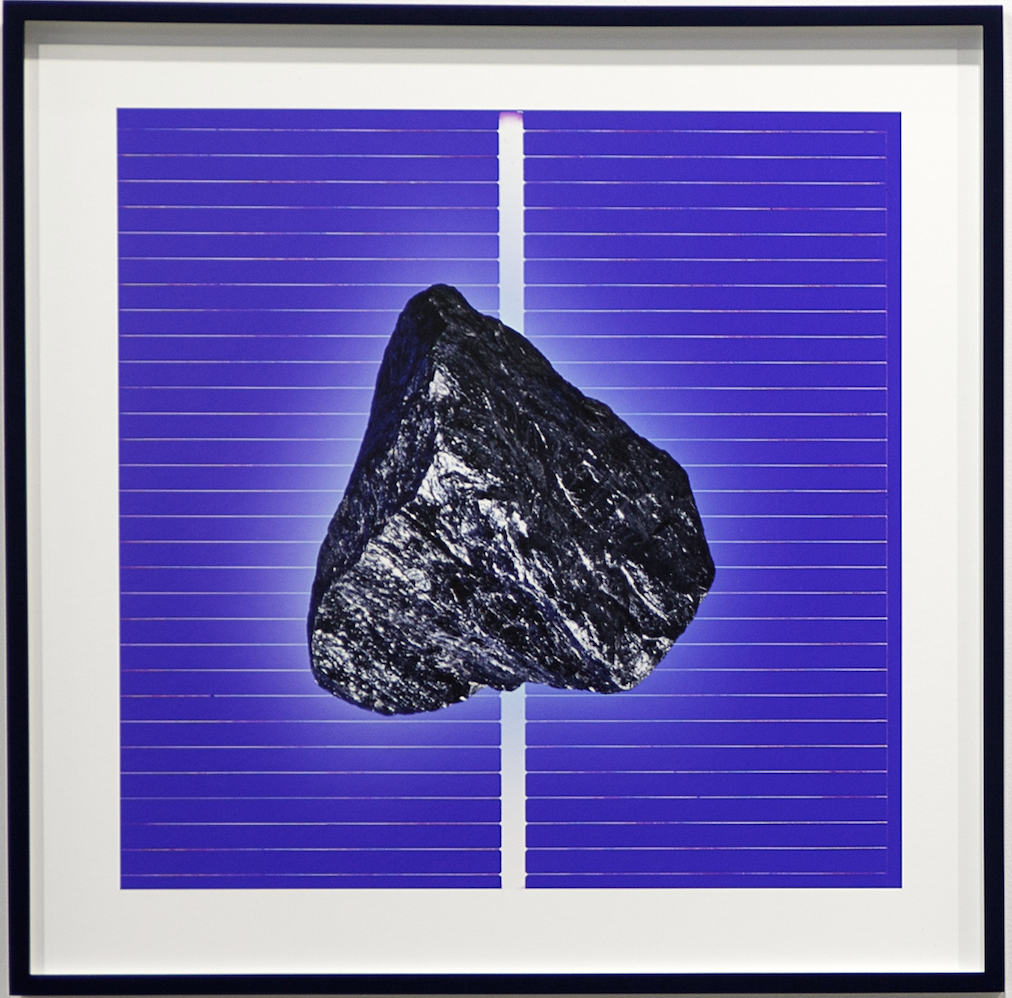Gallery Gudmundsdottir
SILICA 02
2022
Archival Pigment Print on Hahnemühle Fine Art Paper Frame, Mirogard® ZV 2mm Museum glass with 45% UV
80 x 120 cm
€ 3200
© Hulda Rós Gudnadóttir
SILICA 04
2022
Archival Pigment Print on Hahnemühle Fine Art Paper Frame, Mirogard® ZV 2mm Museum glass with 45% UV
80 x 120 cm
€ 3200
© Hulda Rós Gudnadóttir
SILICA 01
2022
Archival Pigment Print on Hahnemühle Fine Art Paper Frame, Mirogard® ZV 2mm Museum glass with 45% UV
80 x 120 cm
€ 3200
© Hulda Rós Gudnadóttir
SILICA 03
2022
Archival Pigment Print on Hahnemühle Fine Art Paper Frame, Mirogard® ZV 2mm Museum glass with 45% UV
80 x 120 cm
€ 3200
© Hulda Rós Gudnadóttir
SILICA 05
2022
Archival Pigment Print on Hahnemühle Fine Art Paper Frame, Mirogard® ZV 2mm Museum glass with 45% UV
80 x 120 cm
€ 3200
© Hulda Rós Gudnadóttir
Hulda Rós Guðnadóttir
Gallery Gudmundsdottir presents Icelandic artist Hulda Rós Gudnadóttir at SPARK Art Fair, featuring her latest research-based project S-I-L-I-C-A. Her installation brings together pigment prints, documentary work, and sculptures that examine the extractive industries that underpin the global energy economy. Guðnadóttir explores how coal mining, monoculture farming, and solar cell production are deeply intertwined with both historical and contemporary realities of colonial capitalism. Focusing on material transformation, she allows the physical materials themselves to take center stage and exposes the hidden costs behind the promise of “clean” energy.
By drawing parallels between the Arctic and the Global South, Guðnadóttir reveals how 21st century colonial expansion is no longer only driven by nation-states but by private enterprises and multinational economic forces, particularly in resource extraction and ocean-based industries.
A centerpiece of the presentation is the Golden Ship, a sculpture that reflects on the stakes of maritime trade and the enduring myths of the ocean as a site of wealth and conquest. Guðnadóttir invites a reconsideration of the Arctic’s role in global extraction, showing how the region has long been embedded in systems of resource circulation while also gaining increasing geopolitical significance today. Guðnadóttir’s practice demonstrates how artistic processes can reveal the interwoven networks of labor, landscape, and economy that continue to shape our world.
Biography
Hulda Rós Gudnadóttir (b. 1973) is a Berlin-based artist rooted in Reykjavik, seamlessly blending contemporary visual art and film. Notable solo exhibitions include the Berlinische Galerie (12 x 12, 2018), Reykjavik Art Museum (2021), and Künstlerhaus Bethanien (2019), Berlin. Residencies at the International Studio and Curatorial Program, New York (2023) and Künstlerhaus Bethanien (2018) showcase her global impact.
Gudnadóttir’s accolades include the 2019 Gudmundu Award and the 2016 Skjaldborg Award. Renowned for her critical and thought-provoking approach, she delves into the intersection of philosophical ideas, social systems, and human perception through immersive research, interdisciplinary collaborations, and social engagement. Her work, spanning documentaries, installations, videos, performances, sculptures, and photography, is characterized by its poetic and insightful perspectives.
With an MA in interactive design (Middlesex University, 2001), a BA in visual art (Iceland University of the Arts, 2007), and a BA in cultural anthropology (University of Iceland, 1997), Gudnadóttir has exhibited globally, from PROGRAM (Berlin, 2010) to Gerdarsafn Art Museum (Kopavogur, 2015) to Meetfactory (Prague, 2019) to UFO Art Gallery (Krakow, 2022). Participating in group exhibitions and film festivals worldwide, she extends her artistic reach across continents, from India to Romania.
Gallery Gudmundsdottir
Gallery Gudmundsdottir is an Icelandic contemporary art gallery based in Berlin, founded in 2020. As the only Icelandic commercial gallery operating outside of Iceland, it is dedicated to research-driven artistic practices with a strong emphasis on feminine aesthetics, cross-disciplinary approaches, and cultural discourse.
The gallery provides a space for critical engagement with contemporary cultural, social, and ecological issues, working with artists who explore themes such as the intersection of nature and technology, human relationships to the environment, and post-capitalist critique. Many of the artists presented at the gallery offer a perspective from the Sub-Arctic, a region of increasing global significance in the face of shifting geopolitics and environmental change. At a time when the Arctic is at the center of debates on climate, resources, and territorial claims, the gallery highlights artistic positions that respond to these transformations.
Drawing on Gudmundsdottir’s background in contemporary music and visual art, the gallery pays particular attention to works that engage with sound, performance, and experimental media. This interdisciplinary approach creates a dynamic space where visual art intersects with other forms of expression, allowing for new perspectives and unexpected connections to emerge.

+4915772712770
Gudny Gudmundsdottir
+4915772712770
Hulda Rós Guðnadóttir
Gallery Gudmundsdottir presents Icelandic artist Hulda Rós Gudnadóttir at SPARK Art Fair, featuring her latest research-based project S-I-L-I-C-A. Her installation brings together pigment prints, documentary work, and sculptures that examine the extractive industries that underpin the global energy economy. Guðnadóttir explores how coal mining, monoculture farming, and solar cell production are deeply intertwined with both historical and contemporary realities of colonial capitalism. Focusing on material transformation, she allows the physical materials themselves to take center stage and exposes the hidden costs behind the promise of “clean” energy.
By drawing parallels between the Arctic and the Global South, Guðnadóttir reveals how 21st century colonial expansion is no longer only driven by nation-states but by private enterprises and multinational economic forces, particularly in resource extraction and ocean-based industries.
A centerpiece of the presentation is the Golden Ship, a sculpture that reflects on the stakes of maritime trade and the enduring myths of the ocean as a site of wealth and conquest. Guðnadóttir invites a reconsideration of the Arctic’s role in global extraction, showing how the region has long been embedded in systems of resource circulation while also gaining increasing geopolitical significance today. Guðnadóttir’s practice demonstrates how artistic processes can reveal the interwoven networks of labor, landscape, and economy that continue to shape our world.
Biography
Hulda Rós Gudnadóttir (b. 1973) is a Berlin-based artist rooted in Reykjavik, seamlessly blending contemporary visual art and film. Notable solo exhibitions include the Berlinische Galerie (12 x 12, 2018), Reykjavik Art Museum (2021), and Künstlerhaus Bethanien (2019), Berlin. Residencies at the International Studio and Curatorial Program, New York (2023) and Künstlerhaus Bethanien (2018) showcase her global impact.
Gudnadóttir’s accolades include the 2019 Gudmundu Award and the 2016 Skjaldborg Award. Renowned for her critical and thought-provoking approach, she delves into the intersection of philosophical ideas, social systems, and human perception through immersive research, interdisciplinary collaborations, and social engagement. Her work, spanning documentaries, installations, videos, performances, sculptures, and photography, is characterized by its poetic and insightful perspectives.
With an MA in interactive design (Middlesex University, 2001), a BA in visual art (Iceland University of the Arts, 2007), and a BA in cultural anthropology (University of Iceland, 1997), Gudnadóttir has exhibited globally, from PROGRAM (Berlin, 2010) to Gerdarsafn Art Museum (Kopavogur, 2015) to Meetfactory (Prague, 2019) to UFO Art Gallery (Krakow, 2022). Participating in group exhibitions and film festivals worldwide, she extends her artistic reach across continents, from India to Romania.
Gallery Gudmundsdottir
Gallery Gudmundsdottir is an Icelandic contemporary art gallery based in Berlin, founded in 2020. As the only Icelandic commercial gallery operating outside of Iceland, it is dedicated to research-driven artistic practices with a strong emphasis on feminine aesthetics, cross-disciplinary approaches, and cultural discourse.
The gallery provides a space for critical engagement with contemporary cultural, social, and ecological issues, working with artists who explore themes such as the intersection of nature and technology, human relationships to the environment, and post-capitalist critique. Many of the artists presented at the gallery offer a perspective from the Sub-Arctic, a region of increasing global significance in the face of shifting geopolitics and environmental change. At a time when the Arctic is at the center of debates on climate, resources, and territorial claims, the gallery highlights artistic positions that respond to these transformations.
Drawing on Gudmundsdottir’s background in contemporary music and visual art, the gallery pays particular attention to works that engage with sound, performance, and experimental media. This interdisciplinary approach creates a dynamic space where visual art intersects with other forms of expression, allowing for new perspectives and unexpected connections to emerge.
